Refine search
Actions for selected content:
36846 results in Cambridge Textbooks
References
-
- Book:
- Spelling It Out
- Published online:
- 08 February 2022
- Print publication:
- 11 February 2022, pp 137-140
-
- Chapter
- Export citation
About the author
-
- Book:
- Spelling It Out
- Published online:
- 08 February 2022
- Print publication:
- 11 February 2022, pp xi-xii
-
- Chapter
- Export citation
Acknowledgements
-
- Book:
- Spelling It Out
- Published online:
- 08 February 2022
- Print publication:
- 11 February 2022, pp ix-x
-
- Chapter
- Export citation
Contents
-
- Book:
- Spelling It Out
- Published online:
- 08 February 2022
- Print publication:
- 11 February 2022, pp v-vi
-
- Chapter
- Export citation
Preface
-
- Book:
- Spelling It Out
- Published online:
- 08 February 2022
- Print publication:
- 11 February 2022, pp vii-viii
-
- Chapter
- Export citation
Chapter 3 - How do we learn to spell?
-
- Book:
- Spelling It Out
- Published online:
- 08 February 2022
- Print publication:
- 11 February 2022, pp 39-60
-
- Chapter
- Export citation
Some stories about words
-
- Book:
- Spelling It Out
- Published online:
- 08 February 2022
- Print publication:
- 11 February 2022, pp 95-102
-
- Chapter
- Export citation
Spelling Scope and Sequence
-
- Book:
- Spelling It Out
- Published online:
- 08 February 2022
- Print publication:
- 11 February 2022, pp 127-136
-
- Chapter
- Export citation
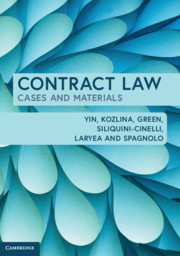
Contract Law
- Cases and Materials
-
- Published online:
- 10 February 2022
- Print publication:
- 28 October 2020
-
- Textbook
- Export citation
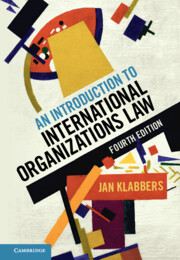
An Introduction to International Organizations Law
-
- Published online:
- 10 February 2022
- Print publication:
- 10 March 2022
-
- Textbook
- Export citation
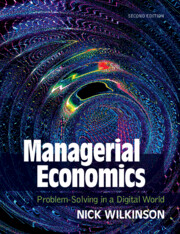
Managerial Economics
- Problem-Solving in a Digital World
-
- Published online:
- 09 February 2022
- Print publication:
- 13 January 2022
-
- Textbook
- Export citation
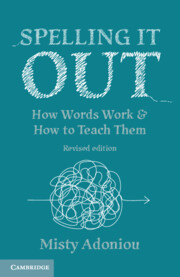
Spelling It Out
- How Words Work and How to Teach Them – Revised edition
-
- Published online:
- 08 February 2022
- Print publication:
- 11 February 2022
-
- Textbook
- Export citation
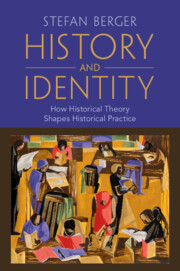
History and Identity
-
- Published online:
- 04 February 2022
- Print publication:
- 20 January 2022
-
- Textbook
- Export citation
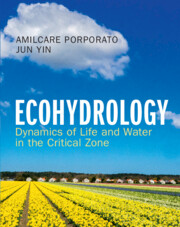
Ecohydrology
- Dynamics of Life and Water in the Critical Zone
-
- Published online:
- 03 February 2022
- Print publication:
- 17 February 2022
-
- Textbook
- Export citation
An Overview of General Relativity
-
- Book:
- A Student's Guide to Special Relativity
- Published online:
- 26 January 2022
- Print publication:
- 03 February 2022, pp 145-176
-
- Chapter
- Export citation
2 - The Axioms
-
- Book:
- A Student's Guide to Special Relativity
- Published online:
- 26 January 2022
- Print publication:
- 03 February 2022, pp 18-31
-
- Chapter
- Export citation
4 - Spacetime and Geometry
-
- Book:
- A Student's Guide to Special Relativity
- Published online:
- 26 January 2022
- Print publication:
- 03 February 2022, pp 45-71
-
- Chapter
- Export citation
Appendix B - Relativity’s Contact with Experimental Fact
-
- Book:
- A Student's Guide to Special Relativity
- Published online:
- 26 January 2022
- Print publication:
- 03 February 2022, pp 177-193
-
- Chapter
- Export citation
Contents
-
- Book:
- Introducing Language and Society
- Published online:
- 17 January 2022
- Print publication:
- 03 February 2022, pp vii-x
-
- Chapter
- Export citation
Chapter 1 - Imagining Languages and Their Speakers
-
- Book:
- Introducing Language and Society
- Published online:
- 17 January 2022
- Print publication:
- 03 February 2022, pp 11-32
-
- Chapter
- Export citation
